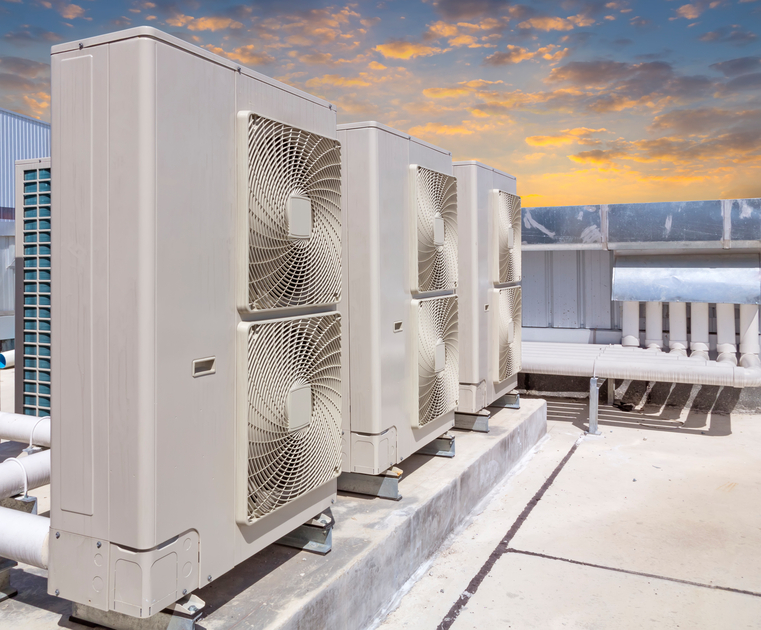HVAC Design Considerations for Corrosive Environments

This online engineering PDH course discusses the HVAC design considerations for corrosive environments.
Many emerging HVAC markets have a majority of their populations located in coastal areas. This leads to an increased number of air conditioning applications located in potentially corrosive environments. Environmental factors such as salt mist in sea side locations, add to the corrosive environments. It's not hard to see that HVAC equipment especially cooling and condenser coils are under threat of accelerated degradation. Corroded HVAC coils not only diminish the heat transfer but also increase the operational costs and the maintenance bills. Prevention is much cheaper than replacing coils or the entire system.
Other than the HVAC equipment, the indoor space equipment is also susceptible to corrosive effects. Over time, even extremely low levels of Airborne Molecular Contamination (
This 3 PDH online course is applicable to HVAC engineers, controls engineers, architects, contractors, environmentalists and loss prevention professionals who are interested in gaining an understanding in designing HVAC system in corrosive environments.
This PE continuing education course is intended to provide you with the following specific knowledge and skills:
- Knowing the principle of corrosion
- Understanding the potential corrosive environments
- Familiarizing with the four (4) levels of corrosion severity established by Instrument Society of America (ISA)
- Knowing the three (3) steps identified for corrosion prevention
- Learning two most common techniques available to deal with low-level airborne contamination; 1) particle removal filtration and 2) gas-phase (dry scrubbing) filtration
- Understanding importance of building pressurization and its impact on energy use
- Learning how to protect HVAC equipment with different types of coatings
In this professional engineering CEU course, you need to review the course document titled, "HVAC Design Considerations for Corrosive Environments".
Upon successful completion of the quiz, print your Certificate of Completion instantly. (Note: if you are paying by check or money order, you will be able to print it after we receive your payment.) For your convenience, we will also email it to you. Please note that you can log in to your account at any time to access and print your Certificate of Completion.